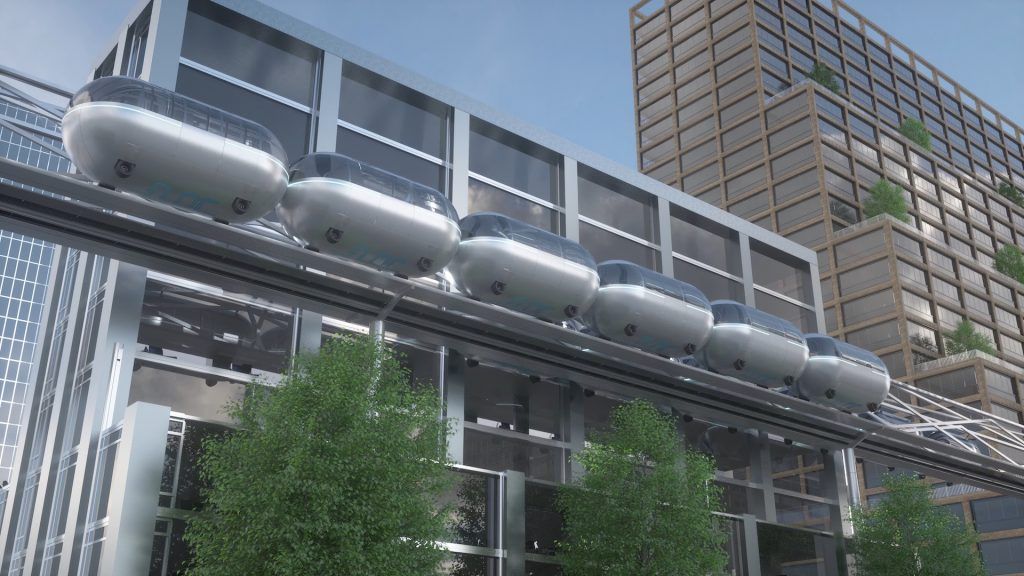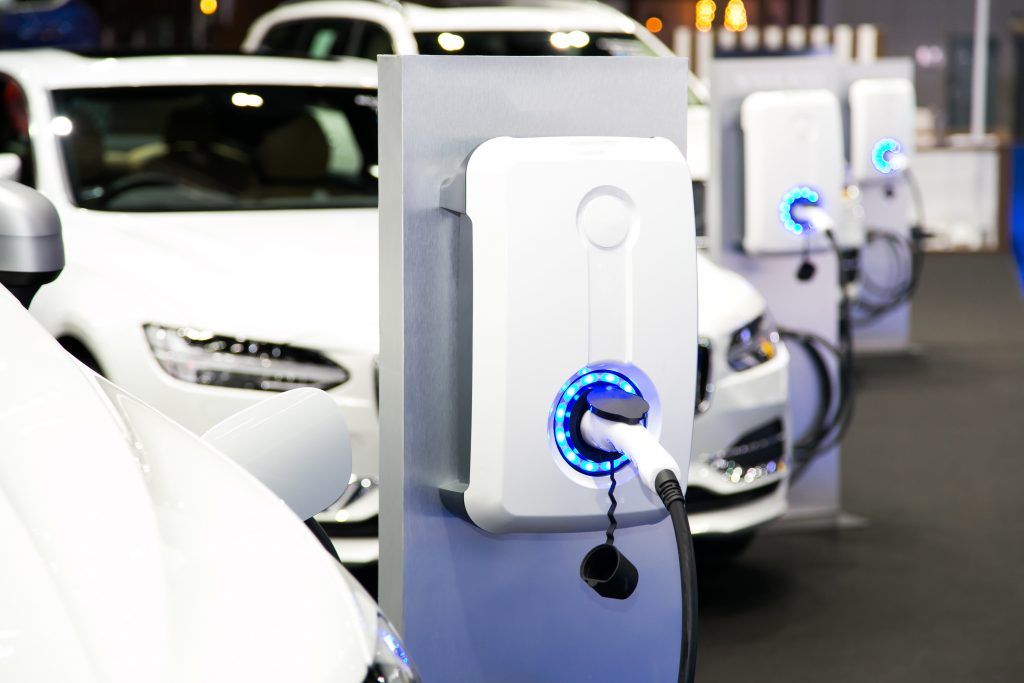A driverless, zero-emission mass transit technology – comprising autonomous electric pods capable of traveling on both road and rail – has been launched by UK-start up, Urban.MASS.
Urban.MASS’ technology – known as ‘floc’ – will combine door-to-door on-demand ride hailing transport with high frequency, accessible and sustainable mass transit to provide seamless, zero-emission passenger and cargo journeys across cities.
The world’s first fully operational site is planned to open in 2025 at the National Railway Museum, Locomotion, in Shildon, North East England – exactly 200 years after the same site hosted the world’s first passenger steam engine, Stephenson’s Locomotion.
A rapid global rollout will follow, seeing at least 10 cities adopt the technology by 2030, beginning with Kampala, the capital of Uganda, and cities across the UK, ushering in a new era of mass transit.
Cities across the world are urgently seeking sustainable and affordable mass transit solutions that meet the needs of a zero-carbon, clean air future while supporting a new age of mass urbanisation.
The Urban.MASS floc technology deploys hundreds of lightweight, driverless, zero emission electric pods to collect passengers from anywhere in a city using ground-level tracks or existing road networks. To traverse the most congested areas of urban centres at high speeds, the pods elevate to an above-ground ‘Duo Rail’ track via ultramodern Urban.MASS stations, all without passengers having to leave the pod.
The pods can “flock” together into connected trains or run individually depending on demand. This means floc can deliver high frequency peak capacity on dense routes and also provide economically viable services on less dense routes or during off-peak times.
The elevated Duo Rail track, powered by overhead solar canopies, can run above existing roads and infrastructure, giving a physical footprint 70% smaller than a typical urban light rail system. This allows infrastructure to ‘tiptoe’ through dense urban areas, minimising the need to demolish buildings or dig expensive tunnel networks, while allowing space for roads, green corridors, cycle paths or pedestrian zones below.
In the UK, Urban.MASS has identified a number of cities suitable for deployment, including, Bristol, Liverpool, Cambridge, Oxford, and Cardiff.
To support its rapid global growth, Urban.MASS has already signed partnership agreements with Grimshaw architectural design company – world-renowned transport architects and engineers which has developed major mass transit projects worldwide – and WSP – one of the world’s largest engineering professional services consultancies which acted as engineers on the new London Bridge Station, UK.
Nicholas Robb, Senior Policy Advisor, Construction Finance at BEIS, said: “Urban.MASS has the potential to comprehensively transform how we get from A to B within cities right across the world, connecting communities and enabling a cleaner more prosperous future. The project in Shildon, along with Urban.MASS’ exciting global development plans, will enable the UK to spearhead a global mass transit revolution for the 21st century, building on our 19th century forefathers’ innovations and exporting the next generation of mass transport technology worldwide.”
Kevin O’Grady, CEO of Urban.MASS, said: “Cities are changing like never before – populations are exploding but the way we move people around hasn’t changed in over a century. Victorian-era rail and road technologies weren’t designed for the demands of modern life and yet worldwide we continue to rely on the same basic, expensive, and carbon intensive system. We should be using solutions of the twenty-first century, to serve the new-breed of cities we see today – cities that are built for people, not polluting vehicles.”
Image: courtesy Urban.MASS








